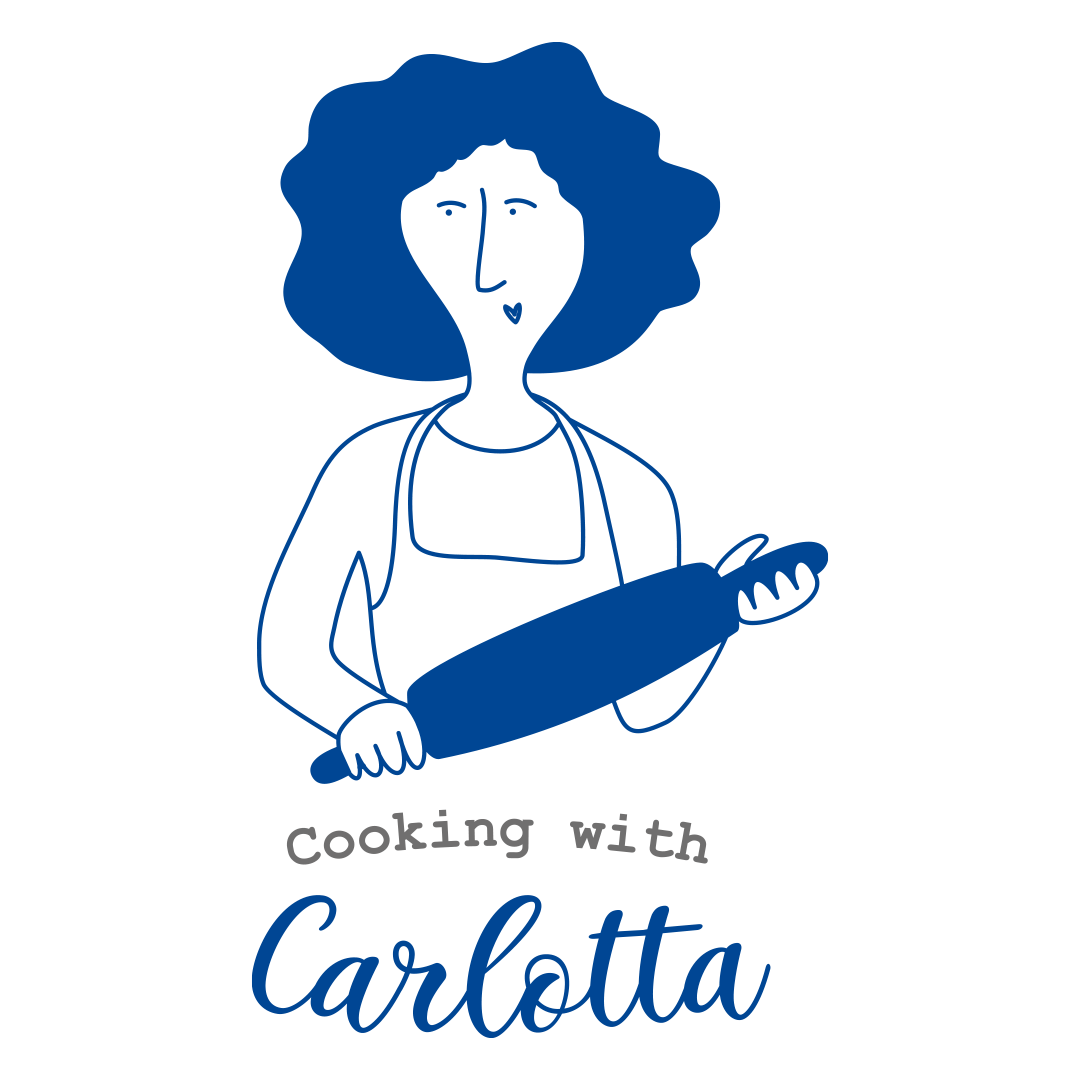

This way of cooking red mullets is typical of Livorno, nevertheless, I discovered that the within the Italian Jewish community, it is also called “à la Moses”. I guess it’s due to the presence of a substantial Jewish community in the town of Livorno.
Livorno was turned into the official access to the Mediterranean Sea for the Grand Duchy of Tuscany. Under the Medici rule, Livorno was declared a free port, which meant that the goods traded here were duty-free within the area of the town’s control. It was a very common strategy, applied to all ports of recent foundation, where the ruling classes wanted to attract trade; you can find it in a lot of Italian place names, where you find the particle “franco”, like the many “Francavillas” in different regions of Italy prove.
The Medici family also took care to protect merchant activities from crime and racketeering, and instituted laws regarding international trade. Expanding Christian tolerance, the laws offered the right of public freedom of religion and amnesty to people having to gain penance given by clergy in order to conduct civil business. The Grand Duchy attracted numerous Turks, Persians, Moors, Greeks, and Armenians, along with Jewish immigrants. The latter group arrived mainly in the late sixteenth century with the expulsion of Jews from Spain and Portugal – while Livorno extended rights and privileges to them; they contributed to the mercantile wealth and scholarship in the city.
It seems that the contribution of Italian Jews to Italian cuisine was more significant than what it seems: the oldest community of Jews out of Israel was in Rome before the diaspora, since the II century C.E. Two millenniums of cohabitation with the Italians created an extremely rich and varied cuisine. Jewish bakeries were famous, and Christians clients bought their products, in spite of the condemnations of the Catholic clergy.
Many dishes, now considered typically Italian, were deeply influenced by Jewish creativity, like stuffed pastas, sources of pride of Jewish communities during the Renaissance.
Prep Time: 20 minutes | Cooking Time: 10 minutes | Total Time: 30 minutes | Yield: Makes 6 servings.
*CLEANING THE RED MULLETS:
Scale the fish gently, cut the fins, and open the belly using a sharp knife. Gut and discard. Wash carefully and dry, using kitchen paper.
For the tomato sauce: if you have very ripe tomatoes, you can blanch them for 3 to 4 minutes, then transfer to a bowl with cold water and peel. Discard the seeds and cut them into small pieces. Otherwise, you can use the canned peeled tomatoes, and crush them with a fork.
In a pan, sauté the garlic in the olive oil. After one minute, add the parsley and tomatoes almost immediately. Season with salt and pepper, stir and let it simmer for 5 to 6 minutes, stirring sometimes.
Add the red mullets, laying them down very gently, making them sink into the sauce.
They must simmer over a low flame with no lid and NEVER BE MOVED OR TURNED OVER, just shake the pan gently in order to prevent them from sticking to the pot. With a spoon, take some sauce and cover the fish. After 10 minutes they are cooked, serve directly from the pan, without moving them, or they will break.